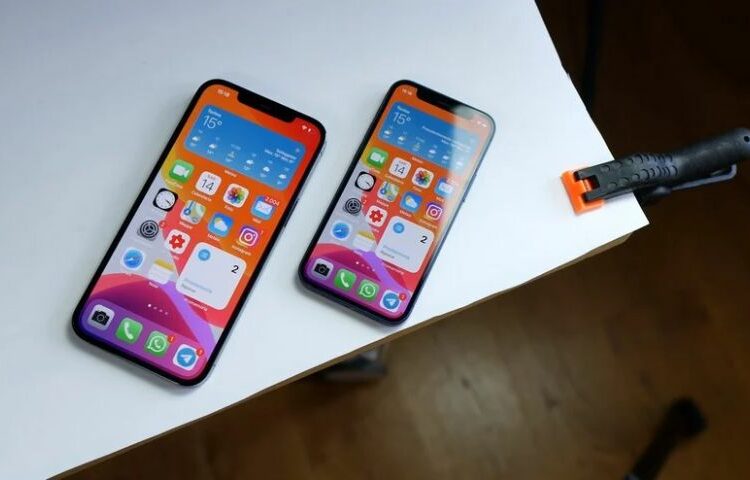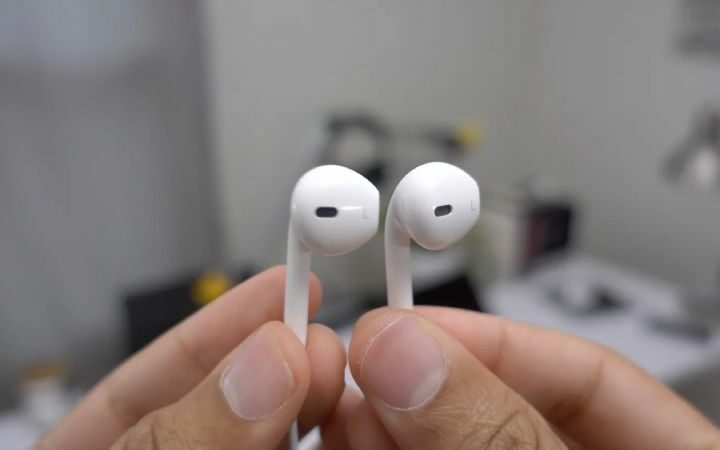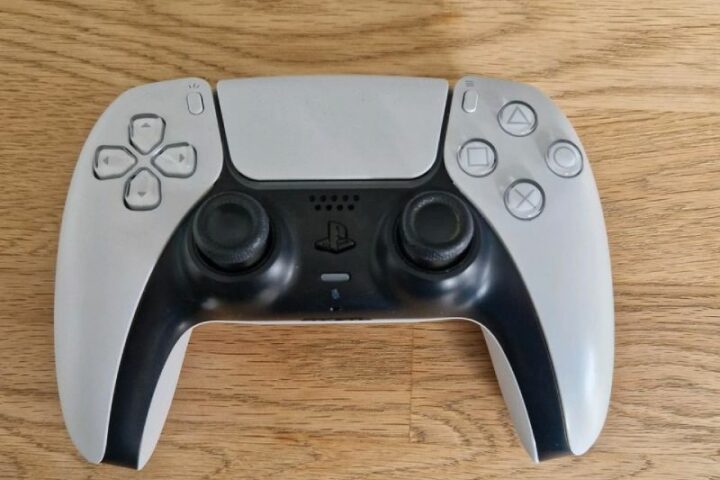Small phone enthusiasts, a niche group indeed, faced a significant loss recently as the iPhone Mini bid adieu, marking the end of an era for compact flagship smartphones. However, it’s not all gloom and doom. The 6.1-inch flagship phone is here to stay, and while it may not be as petite as the Mini, it’s carving out a niche as a comfortable middle ground between tiny and gigantic.
The iPhone Mini’s departure was a prolonged process that began last year when Apple unveiled the iPhone 14 series without a successor to the 13 Mini. Surprisingly, the Mini held its ground through most of 2023 alongside the rest of the 13 series and was available for purchase from Apple right up to the recent iPhone 15 announcement. With no Mini in the 15 series, as expected, and the 13 Mini removed from Apple’s retail lineup, it’s safe to say that the era of small iPhones has come to an end.
Undoubtedly, small phones have their drawbacks. Their batteries are diminutive and may struggle to last a full day, especially with power-hungry usage. This issue worsens over time as the battery’s capacity diminishes. Small phones also fall short when it comes to delivering an immersive video-watching or gaming experience.
Yet, there’s a unique joy in realizing that you haven’t forgotten your phone because it’s so small that you can’t feel its weight in your pocket or bag. This feeling often occurs when switching from a larger phone to a compact one, like the iPhone 13 Mini.
Let’s also not forget the simple pleasure of easily reaching the back button without straining to tap an icon in the upper left corner of the screen.
For grieving small phone fans, there’s a silver lining—the next size up isn’t all that bad. The standard 6.1-inch screen found on the regular iPhone 15, iPhone 15 Pro, and Samsung Galaxy S23 offers a comfortable compromise. While the iPhone 15 Pro is slightly larger in some dimensions compared to the 13 Mini, Apple has reduced the bezels, making the phone more ergonomic for one-handed use.
Android users have an additional option—the slightly smaller Asus Zenfone 10 with a 5.9-inch display, although it’s not compatible with Verizon.
The demise of the iPhone Mini is undoubtedly saddening for small phone enthusiasts, but the statistics tell a clear story: Apple struggled to sell them because most people, especially in the United States, prefer larger phones. The positive news is that phone manufacturers don’t appear to be engaged in a relentless race to make phones bigger, at least not in the traditional slab-style form factor. The size of big phones has remained relatively stable over the past couple of years, and the slight reduction in dimensions of the iPhone 15 Pro is an encouraging sign. Perhaps manufacturers have realized that a 6.1-inch screen strikes a comfortable balance. Alternatively, display manufacturers might be channeling their efforts into foldable screens.
One thing is certain—the days of truly small phones are over. When the time comes to replace your compact phone, the available options may not be as dreadful as they initially seem. Nevertheless, none of them will capture the sheer charm of the iPhone Mini’s compactness. If you still possess one, cherish your petite phone while you can and ensure its battery remains in good health.
Disclaimer: The views, suggestions, and opinions expressed here are the sole responsibility of the experts. No Infobeat Today journalist was involved in the writing and production of this article.



